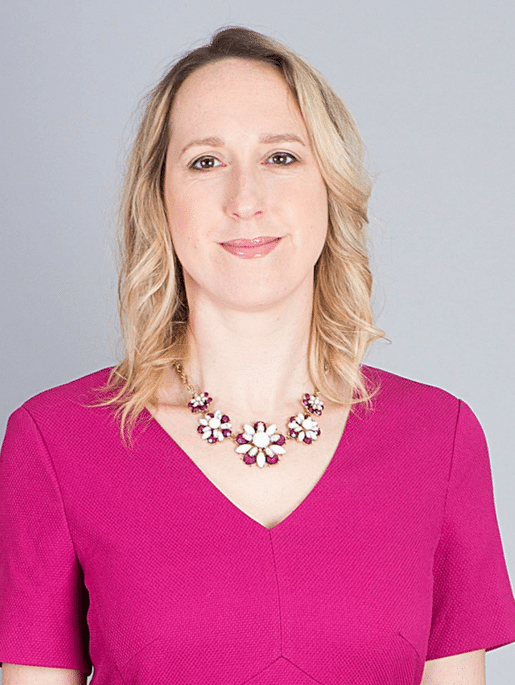Social media posts from the deceased should also not be included in any news reporting, because, again, this can glamourise or glorify their act of suicide. While it may be common newsroom practice to use photos or videos from websites and social media to add contextual flavour to reporting, in the case of a suicide story, explicit permission should be obtained from family members to avoid causing further distress.
When handling statistics surrounding suicide, it is important not to inflate or conflate the figures. Dramatising or sensationalising suicide is unhelpful and unethical, and it is the journalist’s job to make sure any statistics they present are accurate, clear, and from reputable sources.
And, finally, always remember to signpost people to help and support. In a previous interview with Journo Resources, Yvette Caster, the co-host of Metro.co.uk’s Mentally Yours Podcast will read out the number for the Samaritans at the end of every episode.
“It’s important to include information at the end of the article on how people can get support,” she explains. “Be specific. if you are writing about eating disorders, it’s ideal to include information on and contact details for BEAT.”
Reflecting On Your Work Before Publication
Finally, the RSR Toolkit asks journalists to reflect on their work before publication. They have put together six key questions to check that harm has been minimised, and appropriate care has been taken over the tone, language, and story placement.

Luce explains: “If you answer no to any questions in stage three, you have to go back and look at the story again because it has broken the guidelines. If you have answered yes to all, then the story can run.”
The RSR also has thorough advice on how to handle death knocks responsibly, as well as the use of statistics and multimedia content.
When interviewing family and friends, journalists should primarily remember that the person will be grieving and is at an increased risk of self-harm and suicide themselves. “Whether somebody is famous or not, you have a duty of care to think about whether a person is healthy enough to be interviewed by the media,” stresses Yvette.
Care For Both Readers & Journalists
As well as signposting readers to support available, it’s also important that reporters look after themselves — both before, during, and after covering a suicide story. Practical steps can include talking to your editor before a death knock, and talking to someone you trust if you feel distressed whilst covering a story.






